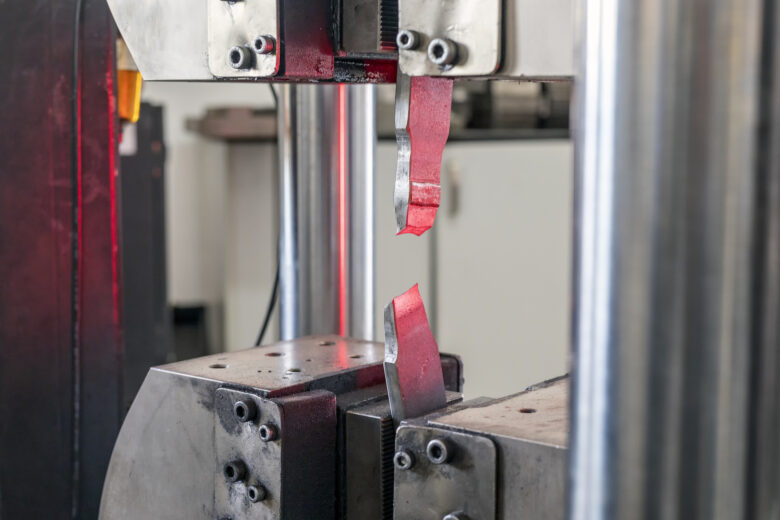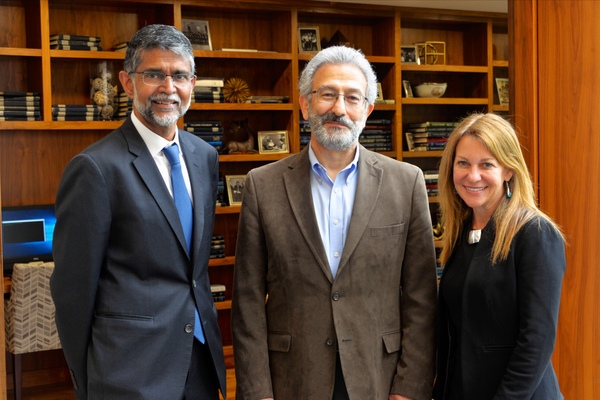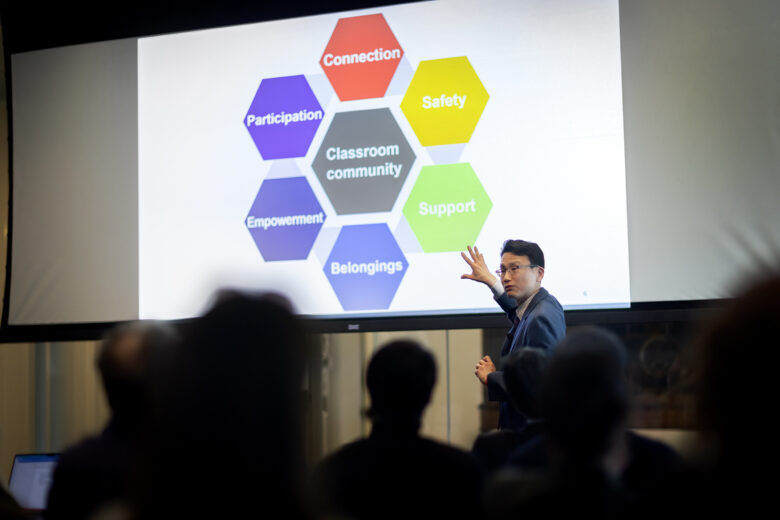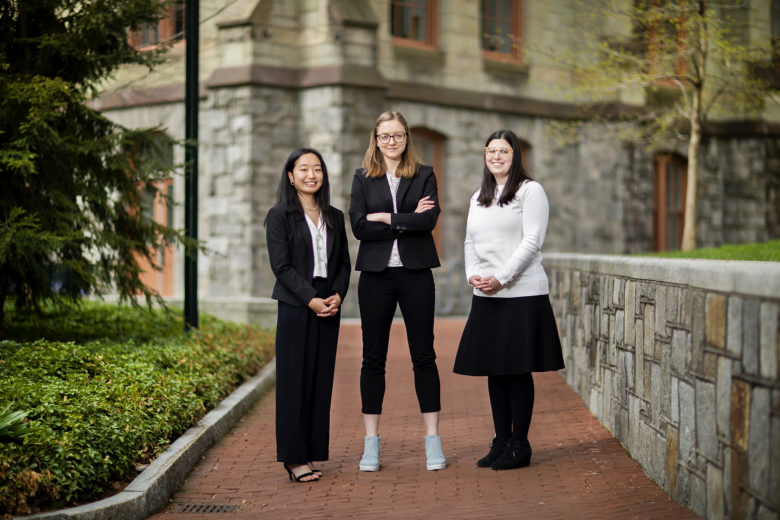
“A time and a place for everything.” As true for human experiences as it is for cellular survival, this maxim speaks to the most hopeful … Read More ›

“A time and a place for everything.” As true for human experiences as it is for cellular survival, this maxim speaks to the most hopeful … Read More ›

Photonic chips have revolutionized data-heavy technologies. On their own or in concert with traditional electronic circuits, these laser-powered devices send and process information at the … Read More ›

It’s estimated that mining, refining, and processing metals commonly used in construction, referred to as structural metals, contribute around three billion tons of CO2-equivalent emissions. … Read More ›

On April 26, scholars from all over the world gathered at Villanova University to celebrate extraordinary innovation in the physics and technology of light. The … Read More ›

University of Pennsylvania President Liz Magill announced on April 21, the recipients of the 2023 President’s Engagement and Innovation Prizes. Awarded annually, the Prizes empower … Read More ›

Penn Engineering Today spoke with Michael Posa about robotics in the age of artificial intelligence, the ambulatory genius of toddlers, navigating the unfamiliar and the … Read More ›

Five faculty affiliated with the University of Pennsylvania have been elected to the American Academy of Arts and Sciences. They are Nader Engheta of the School of Engineering … Read More ›

Shu Yang, Joseph Bordogna Professor in the Departments of Materials Science and Engineering and Chemical and Biomolecular Engineering is the 2023 recipient of the Langmuir Lectureship … Read More ›

Daeyeon Lee of the School of Engineering and Applied Science delivered the 2023 Thompson Chair Lecture on April 4, 2023. He spoke about reconnecting in … Read More ›

The President’s Sustainability Prize (PSP) was awarded for the first time in 2022 to three groups with diverse takes on building a cleaner, healthier, more livable … Read More ›